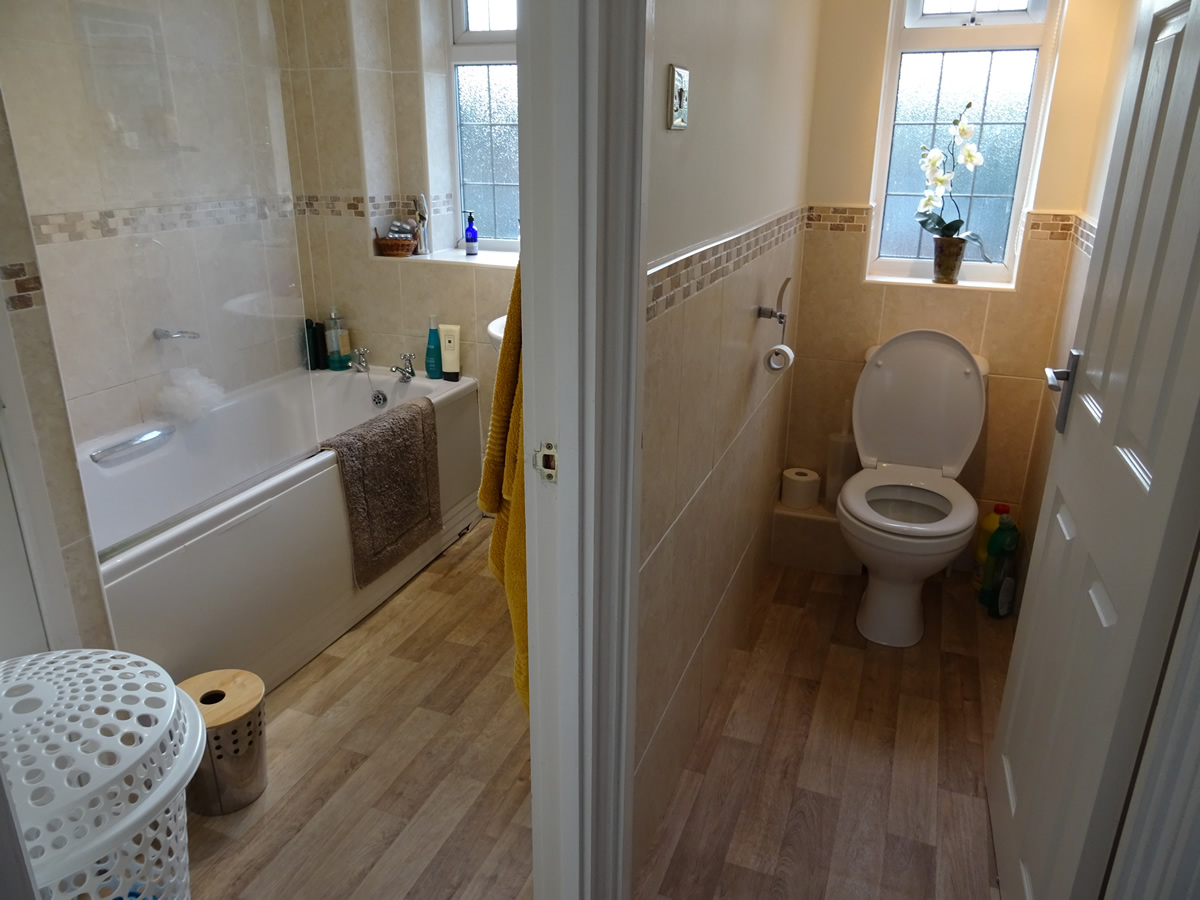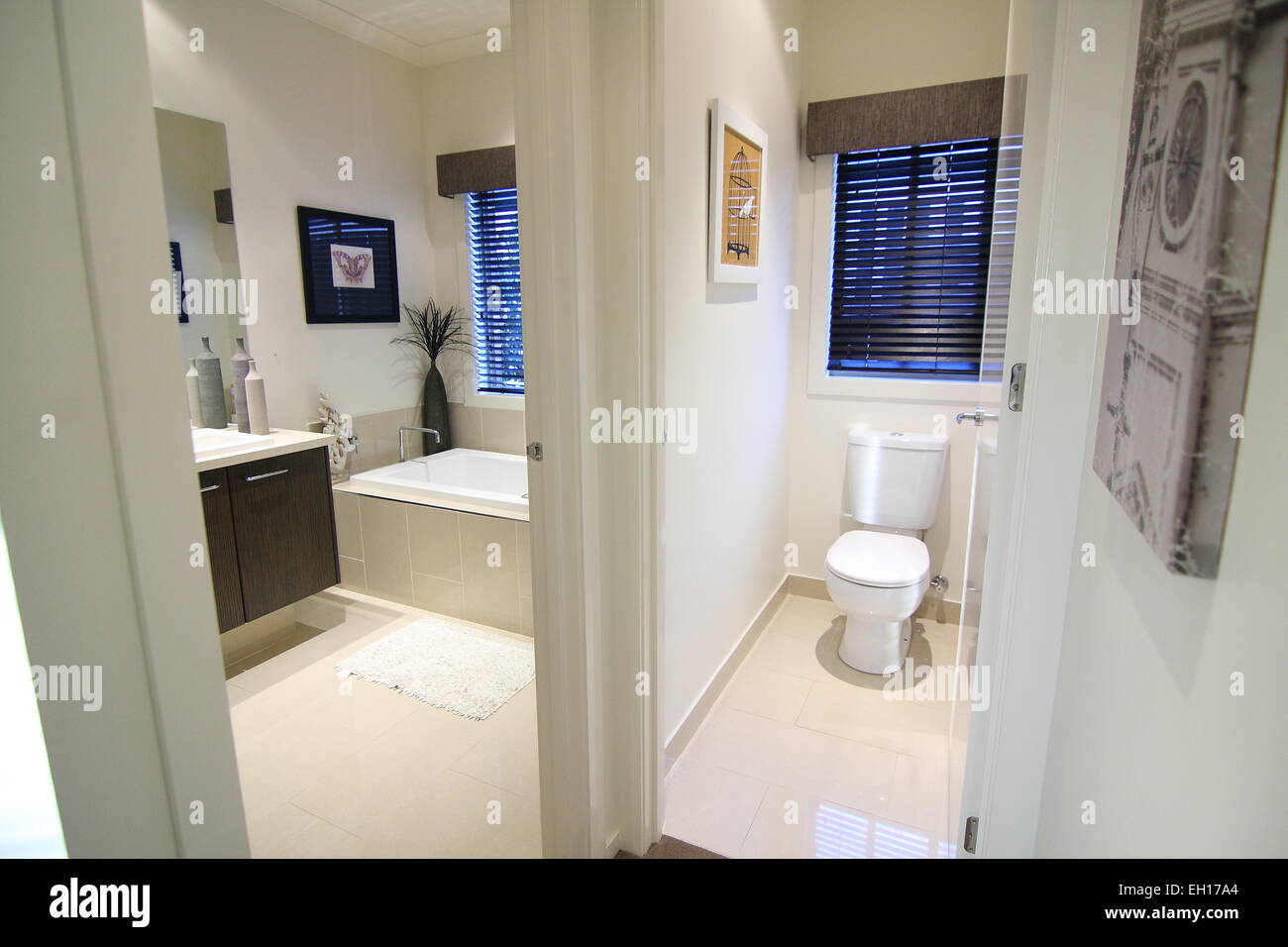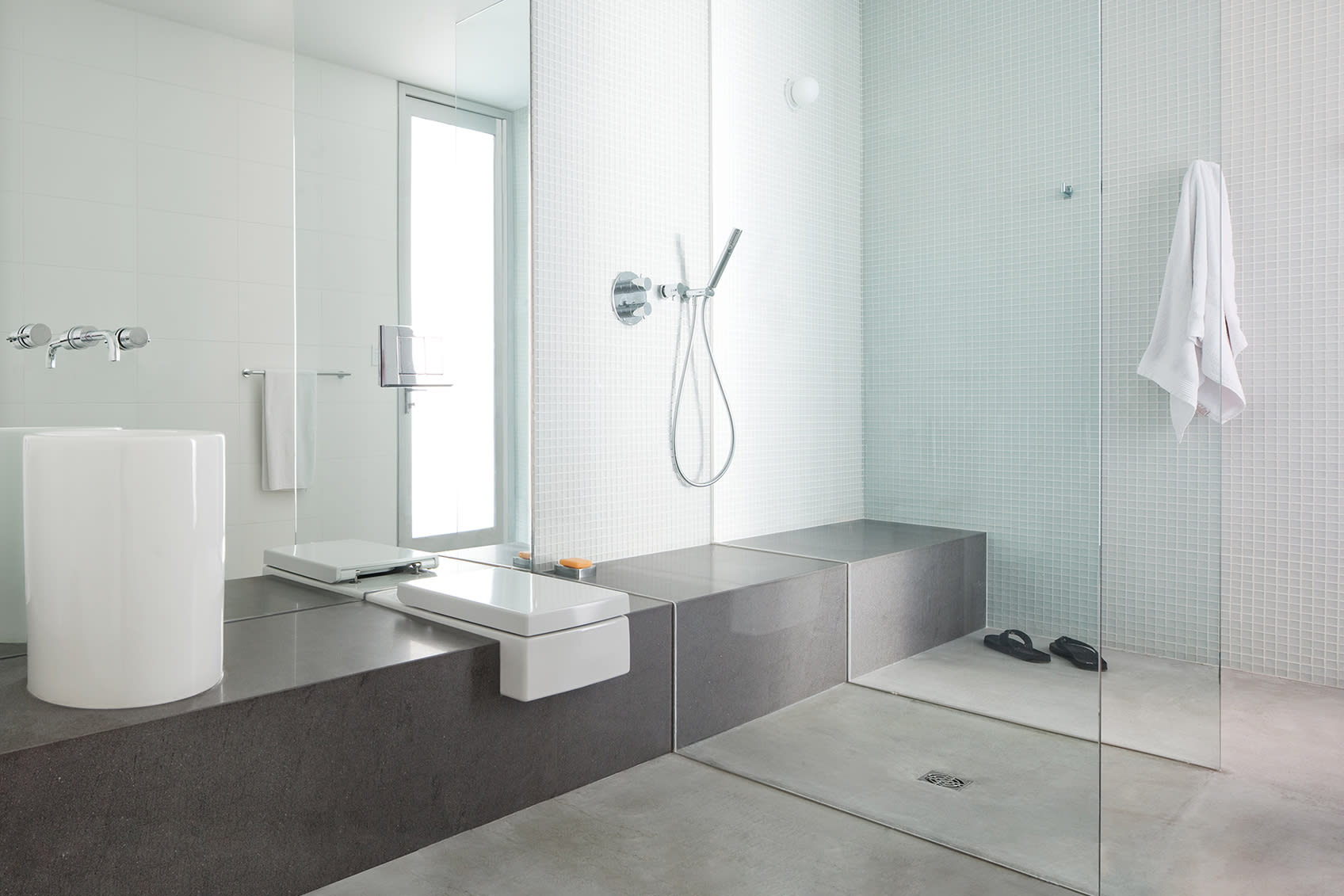Types of Bathroom Toilet Dividers

A bathroom toilet divider is a practical and stylish solution for enhancing privacy and functionality in your bathroom. It’s an effective way to separate the toilet area from the rest of the bathroom, creating a more defined and organized space.
Freestanding Dividers
Freestanding dividers offer a versatile and easy-to-install option. They are self-supporting structures that can be placed anywhere in the bathroom without requiring any permanent fixtures. These dividers are often made from materials like wood, metal, or glass, and they come in various designs and styles.
- Pros: Freestanding dividers are easy to move and rearrange, making them ideal for renters or those who prefer a flexible bathroom layout. They are also relatively inexpensive compared to other types of dividers.
- Cons: Freestanding dividers may not offer as much privacy as wall-mounted or room dividers, as they can be easily moved or seen through. They can also take up valuable floor space, especially in smaller bathrooms.
Wall-Mounted Dividers
Wall-mounted dividers provide a more permanent and secure solution for bathroom privacy. They are attached directly to the wall, creating a solid barrier between the toilet and the rest of the bathroom. These dividers are typically made from materials like glass, wood, or metal, and they can be customized to match your bathroom’s style.
- Pros: Wall-mounted dividers offer excellent privacy and stability. They are also space-efficient, as they do not take up any floor space.
- Cons: Wall-mounted dividers require professional installation and may not be suitable for all bathroom layouts. They can also be more expensive than freestanding dividers.
Room Dividers
Room dividers are larger and more elaborate structures that can be used to create separate zones within a bathroom. They are often made from materials like wood, metal, or fabric, and they come in various styles and designs.
- Pros: Room dividers provide maximum privacy and can be used to create a distinct toilet area. They are also very versatile and can be used to separate other areas of the bathroom, such as the shower or bathtub.
- Cons: Room dividers can be expensive and require more space than other types of dividers. They may also be difficult to move or rearrange.
Sliding Doors
Sliding doors are a popular choice for bathroom toilet dividers, as they offer a stylish and functional solution. They are typically made from glass, wood, or metal, and they can be designed to match the existing bathroom décor.
- Pros: Sliding doors offer excellent privacy and space efficiency. They are also easy to operate and can be customized to match your bathroom’s style.
- Cons: Sliding doors can be expensive and may require professional installation. They can also be noisy when sliding, especially if the tracks are not properly lubricated.
Curtains
Curtains are a simple and affordable option for bathroom toilet dividers. They are typically made from fabric, and they come in various colors, patterns, and textures.
- Pros: Curtains are inexpensive and easy to install. They are also very versatile and can be easily changed to match your bathroom’s style.
- Cons: Curtains may not offer as much privacy as other types of dividers, as they can be easily seen through. They can also be difficult to keep clean, especially in a humid bathroom environment.
Materials for Bathroom Toilet Dividers
Bathroom toilet dividers can be made from a variety of materials, each with its own advantages and disadvantages.
- Glass: Glass is a popular choice for bathroom toilet dividers, as it is stylish, durable, and easy to clean. It also allows for natural light to pass through, making the bathroom feel more spacious.
- Wood: Wood is a classic and elegant material for bathroom toilet dividers. It can be stained or painted to match your bathroom’s décor, and it offers excellent durability.
- Metal: Metal is a durable and modern material for bathroom toilet dividers. It is often used in contemporary bathrooms, and it can be finished in a variety of colors and styles.
- Fabric: Fabric is a lightweight and affordable material for bathroom toilet dividers. It can be used to create a soft and inviting atmosphere, and it comes in a wide range of colors, patterns, and textures.
Bathroom Toilet Divider Types, Materials, and Key Features
| Divider Type | Materials | Key Features |
|---|---|---|
| Freestanding Divider | Wood, metal, glass | Versatile, easy to move, inexpensive |
| Wall-Mounted Divider | Glass, wood, metal | Provides excellent privacy, space-efficient, durable |
| Room Divider | Wood, metal, fabric | Offers maximum privacy, versatile, can create distinct zones |
| Sliding Doors | Glass, wood, metal | Stylish, functional, space-efficient, offers excellent privacy |
| Curtains | Fabric | Inexpensive, easy to install, versatile, lightweight |
Design Considerations for Bathroom Toilet Dividers

Bathroom toilet dividers are essential for maintaining privacy and creating a more organized and functional bathroom space. Choosing the right divider design requires careful consideration of several key design elements that influence both the effectiveness and aesthetics of the divider.
Height and Width of the Divider
The height and width of the divider play a crucial role in determining the level of privacy and visual separation it provides.
* A taller divider will offer more privacy, while a shorter divider will allow for more visual openness.
* The width of the divider should be sufficient to create a clear separation between the toilet area and the rest of the bathroom, without feeling cramped or intrusive.
Transparency or Opacity of the Divider
The transparency or opacity of the divider significantly affects the overall look and feel of the bathroom.
* A clear divider will maintain a sense of openness and allow natural light to flow freely.
* An opaque divider will offer more privacy but can make the bathroom feel smaller and darker.
* Frosted glass or patterned dividers offer a balance between privacy and visual openness.
Color and Finish of the Divider
The color and finish of the divider should complement the existing bathroom decor and create a cohesive design aesthetic.
* A neutral color, such as white or gray, will blend seamlessly with most bathroom styles.
* A bolder color, such as black or a vibrant hue, can add a statement piece to the bathroom.
* The finish of the divider can also impact the overall look and feel, with options ranging from sleek and modern to rustic and traditional.
Integration with Existing Bathroom Decor, Bathroom toilet divider ideas
The divider should integrate seamlessly with the existing bathroom decor, creating a cohesive and harmonious design.
* Consider the style of the bathroom fixtures, cabinetry, and flooring when choosing the divider.
* A modern bathroom may benefit from a sleek and minimalist divider, while a traditional bathroom might look better with a more ornate or decorative divider.
Choosing the Right Divider Design
The right divider design will depend on the size and layout of the bathroom, as well as personal preferences.
* For small bathrooms, a shorter and more transparent divider may be a better option to avoid making the space feel cramped.
* In larger bathrooms, a taller and more opaque divider can provide more privacy and visual separation.
* Personal preferences should also be considered, such as whether you prefer a minimalist or more ornate design.
Examples of Different Design Styles for Bathroom Toilet Dividers
Bathroom toilet dividers can be designed in various styles to complement different bathroom aesthetics.
* Modern: Modern bathroom dividers typically feature clean lines, minimalist designs, and neutral colors. Materials such as frosted glass, metal, or acrylic are often used to create a sleek and contemporary look.
* Traditional: Traditional bathroom dividers often incorporate ornate details, such as decorative moldings, carved wood, or stained glass. They are typically made from materials like wood or wrought iron, and often feature a warm and inviting color palette.
* Contemporary: Contemporary bathroom dividers blend modern and traditional elements, creating a unique and stylish look. They may feature geometric patterns, bold colors, or a combination of different materials.
* Rustic: Rustic bathroom dividers often incorporate natural materials, such as reclaimed wood, stone, or bamboo. They typically have a warm and earthy feel, and may feature distressed finishes or exposed knots.
Practical Tips for Installing and Maintaining Bathroom Toilet Dividers: Bathroom Toilet Divider Ideas

Installing and maintaining bathroom toilet dividers effectively ensures their longevity and functionality. Proper installation ensures stability and prevents damage, while regular maintenance preserves their aesthetic appeal and hygiene.
Installing Bathroom Toilet Dividers
Installing bathroom toilet dividers requires careful planning and execution to ensure stability and functionality. Different types of dividers require specific installation methods.
Freestanding Dividers
Freestanding dividers are self-supporting and require no wall attachment.
- Choose a level surface: Ensure the floor is level to prevent the divider from tilting.
- Assemble the divider: Follow the manufacturer’s instructions carefully, using the provided hardware and tools.
- Secure the base: Some freestanding dividers have adjustable feet or a weighted base for added stability.
- Test stability: Gently push or pull the divider to check its stability.
Wall-Mounted Dividers
Wall-mounted dividers are attached to the wall, providing a secure and stable installation.
- Locate studs: Use a stud finder to identify wall studs for secure mounting.
- Mark mounting points: Use a pencil to mark the locations for the mounting brackets on the wall.
- Install mounting brackets: Secure the brackets to the wall using appropriate screws or anchors, depending on the wall material.
- Attach the divider: Carefully align the divider with the brackets and attach it using the provided hardware.
- Check for stability: Gently push or pull the divider to ensure it is securely attached and stable.
Room Dividers
Room dividers offer a flexible solution for creating privacy and defining spaces.
- Measure and mark: Measure the space where you want to install the divider and mark the floor where the base will be placed.
- Install the base: Secure the base to the floor using screws or anchors.
- Attach the panels: Attach the panels to the base, ensuring they are aligned and securely fastened.
- Adjust and stabilize: Adjust the divider’s position and ensure it is stable by checking for any movement.
Maintaining Bathroom Toilet Dividers
Regular maintenance is crucial for maintaining the aesthetic appeal, functionality, and hygiene of bathroom toilet dividers.
Cleaning and Sanitizing
Regular cleaning and sanitizing are essential to prevent the buildup of dirt, grime, and bacteria.
- Use a mild cleaning solution: Mix a solution of warm water and a mild dish soap or bathroom cleaner.
- Avoid harsh chemicals: Harsh chemicals can damage the divider’s finish.
- Clean regularly: Clean the divider at least once a week or more frequently if needed.
- Sanitize: Use a disinfectant spray or wipe to sanitize the divider, especially after heavy use.
Repairing Minor Damage
Minor damage can be repaired to extend the divider’s lifespan.
- Repair scratches and dents: Use a touch-up paint or marker to repair minor scratches or dents.
- Tighten loose screws: Tighten loose screws or bolts to prevent the divider from becoming unstable.
- Replace broken components: Replace broken components like hinges, handles, or panels with compatible replacements.
Replacing Worn-Out Components
Over time, components like hinges, handles, or panels may wear out and require replacement.
- Identify worn-out components: Inspect the divider for signs of wear and tear.
- Purchase compatible replacements: Ensure the replacement components are compatible with the divider.
- Follow manufacturer’s instructions: Follow the manufacturer’s instructions for replacing the components.
Essential Tools and Materials
Having the right tools and materials on hand will make installation and maintenance easier.
Tools
- Screwdriver: For assembling and attaching the divider.
- Stud finder: For locating wall studs for secure mounting.
- Level: For ensuring the divider is installed straight and level.
- Measuring tape: For measuring the space and determining the correct size.
- Drill: For drilling holes for mounting brackets or anchors.
- Safety glasses: For protecting your eyes during installation and repair.
Materials
- Screws or anchors: For attaching the divider to the wall or floor.
- Cleaning supplies: Mild dish soap, bathroom cleaner, disinfectant spray or wipes.
- Touch-up paint or marker: For repairing scratches and dents.
- Replacement components: Hinges, handles, panels, etc.
Bathroom toilet divider ideas – Looking for a way to add some privacy to your bathroom? A toilet divider can be a great solution! You can choose from a variety of materials and styles to match your bathroom’s aesthetic. If you’re looking for a more luxurious feel, consider incorporating a bathroom jacuzzi tub into your design.
A divider can help to create a sense of separation between the tub and the toilet area, making both spaces feel more private and relaxing.
Adding a divider to your bathroom toilet can create a sense of privacy and separation, especially if your space is limited. For a touch of luxury, consider using carrera marble for the divider. You can find inspiration for incorporating this elegant material in your bathroom by checking out carrera marble bathroom ideas.
A carrera marble divider can add a touch of sophistication to your toilet area, and the natural veining adds a unique touch.
